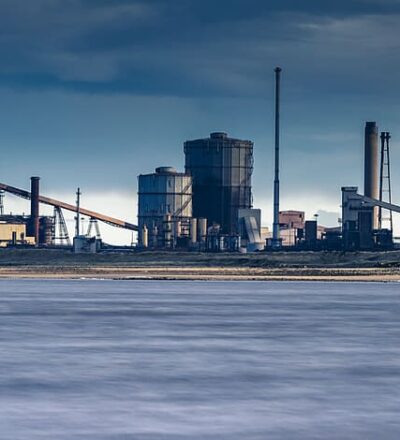The development of heat integration techniques and devices has accelerated in recent years. Suppliers are increasingly bringing heat integration technologies to the market. Heat integration is even part of the Climate Agreement. Despite this, implementation remains difficult.
Why is that? And what should be done to accelerate heat integration in industry? These are the questions that the Smart Choices project tried to answer.
By 2050, the heat supply for all temperature levels in the industry must be completely CO2-free
Routes for industrial heat integration cases
KWA, BlueTerra, Water&Energy Solutions, Hogeschool Rotterdam, and the industrial members of the ISPT Heat Integration Platform conducted research into possible solution routes for three industrial heat integration cases (DS Smith Paper, Corbion and Nouryon).
The research has led to a wide variety of possible technical scenarios and their associated characteristics. The characteristics have been mapped for each scenario: technological complexity, required investments, intervention in process and product, required changes in energy infrastructure, subsidy instruments, changes in process control, training, timing, and more.
Bottlenecks
Thereby, the following bottlenecks in the design of processes for heat integration with heat pumps in the industry were identified:
- High temperature elevators complicate business cases
- CHPs severely limit the possibility for heat pump application
- Uncertainty of combined government support on Capex and Opex
- Knowledge gaps among companies and consultants – pinch analyses are essential
- Actual costs for heat pumps and system are difficult to determine
Implementation smart solutions heat integration: learning points
These bottlenecks were the starting point for defining learning points, concerns, and recommendations for industrial companies. The most important ones are:
- An efficient future-proof solution requires a system approach
- Do not look only at heat flows and energy consumption
- Monitor and reflect on developments in technology and energy and CO2 prices
- Work together in gaining insight into actual costs
- A solid knowledge base is crucial
- Draw up a Long-Term Maintenance Plan
- Draw up a roadmap for CO2 reduction and create support
